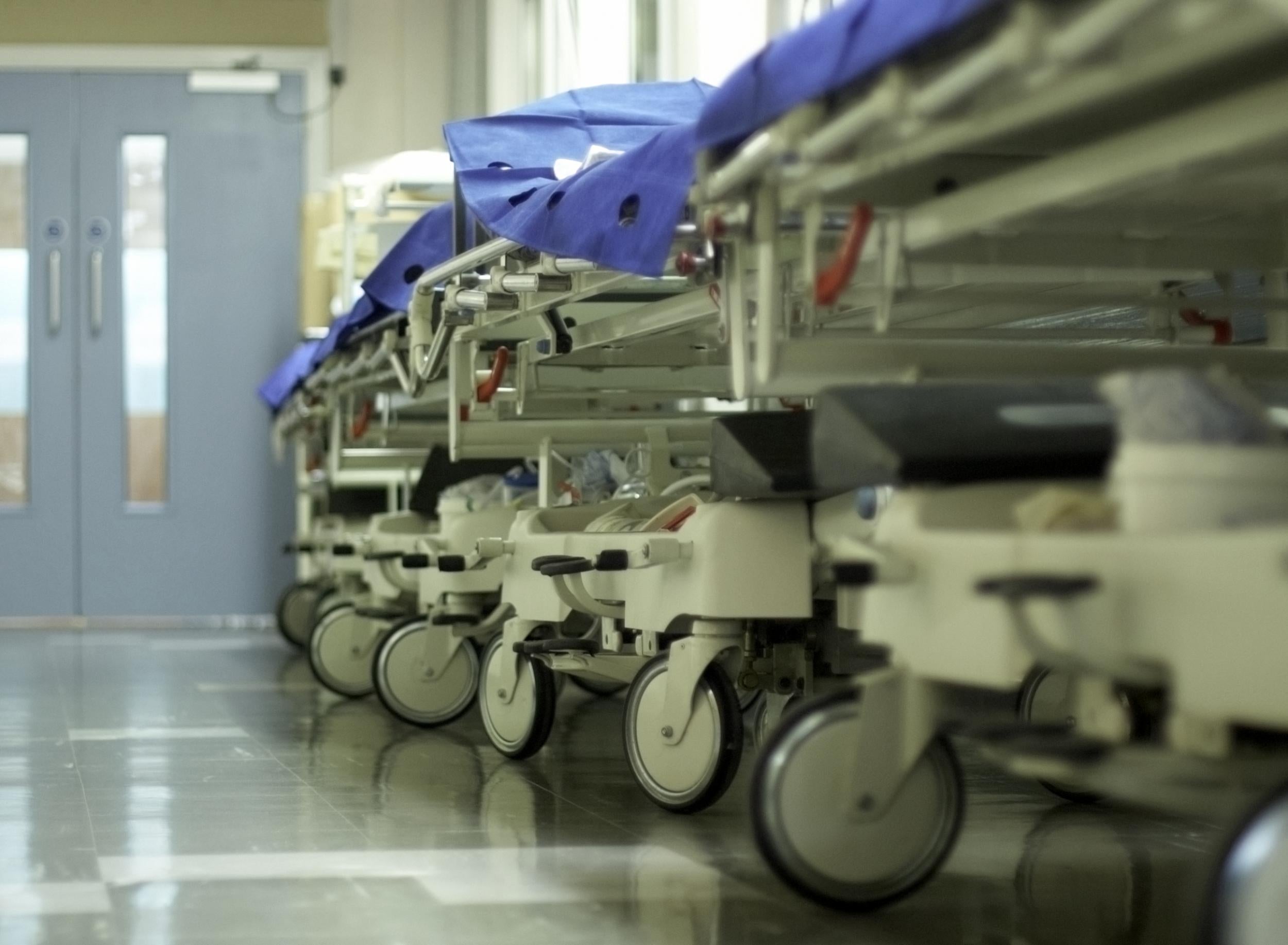Are Labour’s plans for NHS spending all they seem?
John McDonnell has promised £26bn funding – but there are a few areas that escaped mention, writes health correspondent Shaun Lintern


Commitments on health spending are always big moments in any general election campaign but they can rarely be taken at face value. Today’s Labour announcement to spend an extra £26bn on the NHS by 2023-24 will be welcomed across the board and will certainly ease the pressure on hospitals after a decade of austerity.
But while the headline numbers look impressive, the lion’s share of funding has already been promised to the NHS by the Conservatives. Labour has added an additional £6bn to cover day-to-day spending.
Labour claims this equates to a real-terms average annual increase of 4.3 per cent. In context, average spending has equalled just 1.4 per cent since 2010, so on that basis Labour is being generous.
But when you consider the average under Tony Blair and Gordon Brown of 6 per cent a year, the increase seems a little more modest.
Looking back to 1948, on average the NHS has received funding of around 3.7 per cent, according to the Institute of Fiscal Studies, so Labour’s budget boost doesn’t even reach a full percentage point above the long-term average.
That being said, it does appear to have listened to the priorities of the NHS and targeted spending in a way that exploits recent missteps by the Conservatives. For example it is pledging to spend £1bn on education and training of nurses as well as new investment in public health – an area crucial to mitigating rising demand but which has been viciously cut back and neglected by the Conservatives for too long.
The party has also promised to borrow £15bn over five years to fund new spending on refurbishing buildings and replacing scanners and other equipment. Crucially it is targeting £2bn at mental health trusts to eradicate old-style wards and provide new beds to stop patients being sent miles from where they live. A fleet of mental health ambulances is an impressive addition.
But one major question Labour has yet to answer, and what could be a real gap in its NHS spending plans, is what is it prepared to pay hardworking nurses and doctors? There was no mention of this in the pre-announcement information.
With more than 1.3 million staff working for the NHS any increase in pay hits hospital budgets hard – pay accounts for more than 60 per cent of a hospital’s total budget. The 2018 pay deal agreed with NHS unions lasted for three years and cost the Treasury more than £4bn, for example.
After a decade of austerity, will shadow chancellor John McDonnell be tempted to pay staff much more generous increases in salaries? If so this extra cash Labour is promising could very quickly vanish unless it commits to covering the costs, meaning it will need to spend far more on the NHS than announced today.
As for the Conservatives it has promised the NHS an extra £13bbn for 40 new hospitals over the next 10 years in addition to its £20bn extra by 2023-24.
The Tories have also said they will spend £2.5bn on recruiting 6,000 GPs – an ambitious pledge after failing to hit the last promise made in 2015.
Boris Johnson hasn’t yet unveiled the Tories full NHS plan so direct comparisons between the two is impossible for now.
In the context of Brexit, and the economic hit from whatever eventual outcome is achieved there, these spending plans could prove wildly optimistic if a future chancellor is forced to spend money shoring up a declining economy.
Join our commenting forum
Join thought-provoking conversations, follow other Independent readers and see their replies
Comments
Bookmark popover
Removed from bookmarks